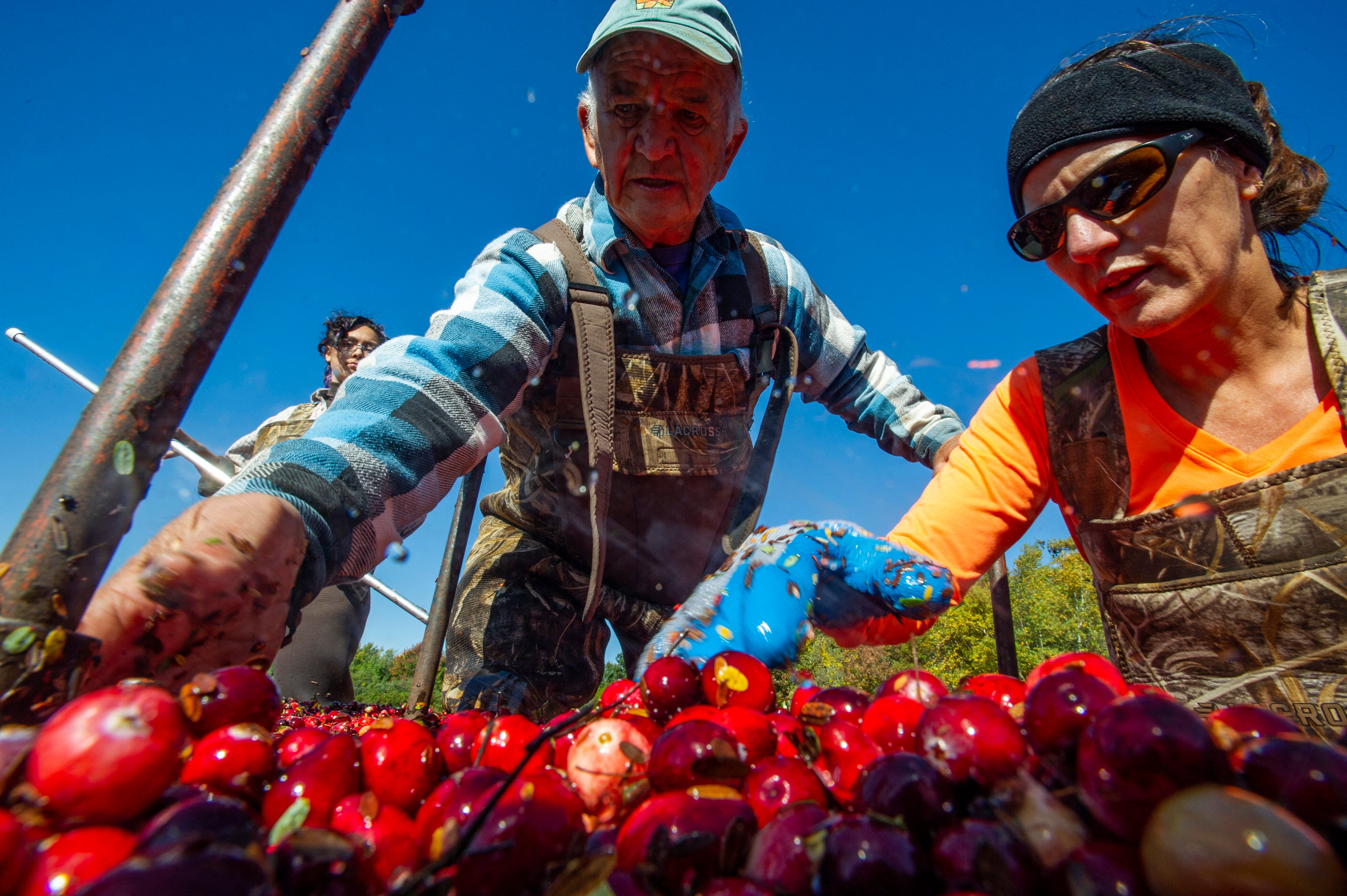It’s cranberry season once again and many Americans are heading to the store to buy berries for their Thanksgiving turkey sauce.
One of three commonly cultivated fruits native only to North America, the nutrient-dense berries, which date back 12,000 years, offer major health benefits.
For one, they’re low in calories. A cup of raw cranberries has just 50 calories, according to the American Heart Association.
But they’re also a good source of plant chemicals and other nutrients that protect from harmful inflammation and infection.
“They’re a powerhouse of antioxidants,” Cleveland Clinic registered dietitian Candace O’Neill said.
Two glasses to reduce heart disease risk
Cranberries have immune-protecting vitamins C and E, as well as quercetin, which reduces inflammation.
They also have flavanols, and anthocyanins, which give them their dark color. They have proanthocyanidins, which are associated with urinary tract, oral health and gut benefits.
Proanthocyanidins may reduce the risk of stomach cancer caused by the bacterium Helicobater pylori.
“A-type proanthocyanidins, which are only found in cranberries, can help with reducing the bad microbes that live in your colon,” O’Neill said.
Cranberries contain a large amount of natural pectin, a prebiotic fiber also found in apples that works to improve inflammation and lower cholesterol.
And compounds in cranberries may also reduce bad cholesterol that can lead to blocked arteries and heart disease, Rutgers researchers say.
Drinking two glasses of low-calorie cranberry juice a day can lower risk factors for cardiovascular disease and stroke, according to Northwell Health.
While cranberries can increase the risk of kidney stones for people who are prone, the sour berries are generally good to eat.
“If you’re someone who struggles with UTIs, including cranberries as a part of a healthy diet is something that you can do that won’t harm you,” said O’Neill. “It could be a proactive approach.”
One of the best in the world
The U.S. is one of the world’s leading cranberry producers, with Wisconsin providing more than half of the global supply.
Last year, the U.S. exported $351 million of cranberries and related products, including fresh cranberries and cranberry juice.
The Badger State produced nearly 8 million barrels of 100 pounds of cranberries in 2021, according to the U.S. Department of Agriculture.
Found in bogs across the northern U.S., the annual cranberry harvest takes place from mid-September through November, with farmers combing berries off vines to be graded on color and quality.
The best cranberries should be fresh and firm with a glossy red skin and “bounce” when they’re dropped, according to Penn State University.
They’ll keep for up to a month in the fridge, because can also be frozen as soon as you bring them home.

A rich-tasting history
The history of cranberries goes back thousands of years, with Native Americans using them as medicine and clothing dye long before the first European settlers arrived.
They mixed them with cornmeal and baked them into bread and Pilgrims learned how to use the berries – first calling them “crane-berries” because the fruit appeared to be the favorite food of cranes and many thought the flower that produces the berries resembled the head of a Sandhill Crane.
Cranberry juice was first made by the settlers in 1683, according to U.S. Cranberries.
Today, approximately 40,000 acres of cranberries are harvested each year, including more than 100 varieties of cranberries.
But cranberry sauce as we know it today wasn’t made until 1917, when New Jerseyian Elizabeth Lee started selling her canned sauce called “Bog Sweet.”
Lee would later become a co-founder of Ocean Spray, the largest cranberry growers organization in the United States, according to the New Jersey government.


